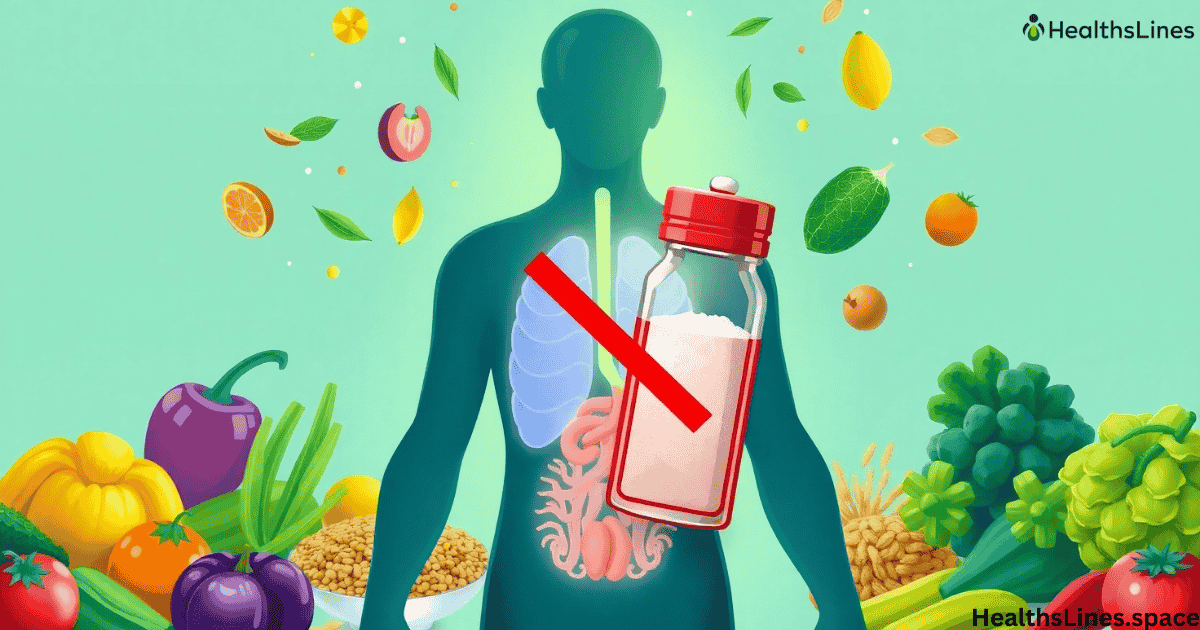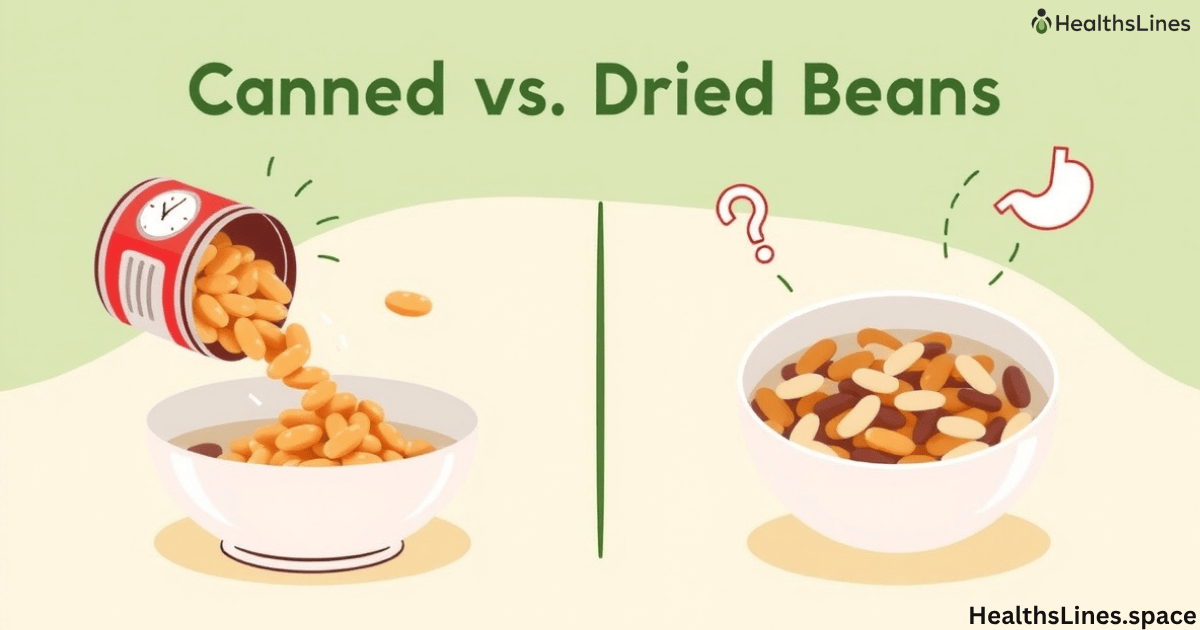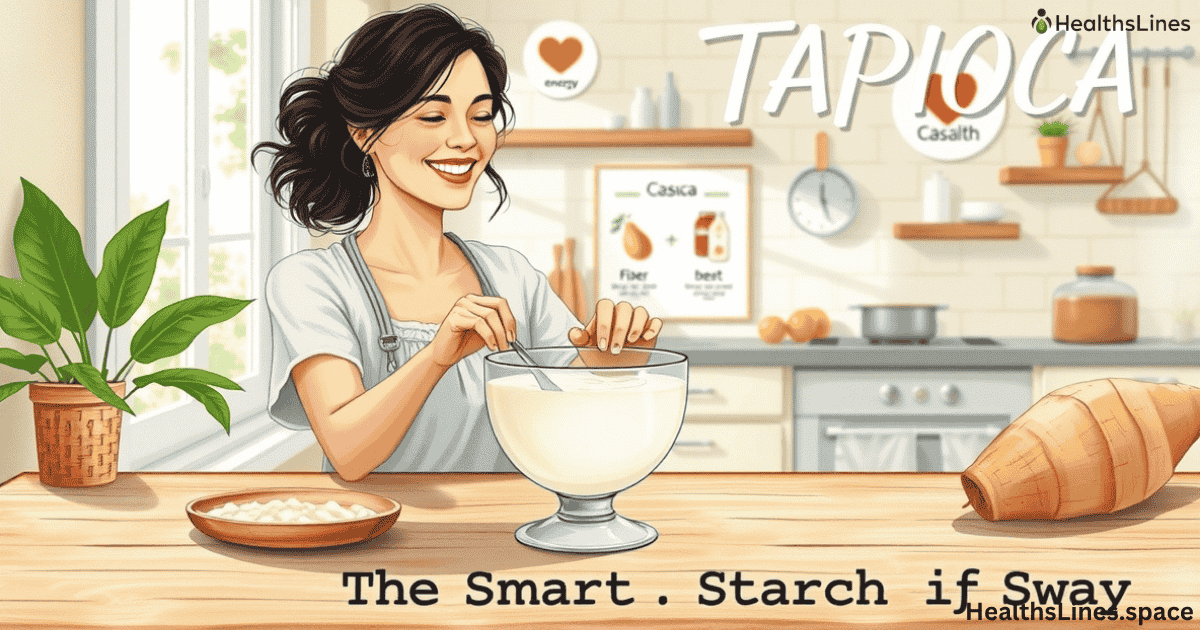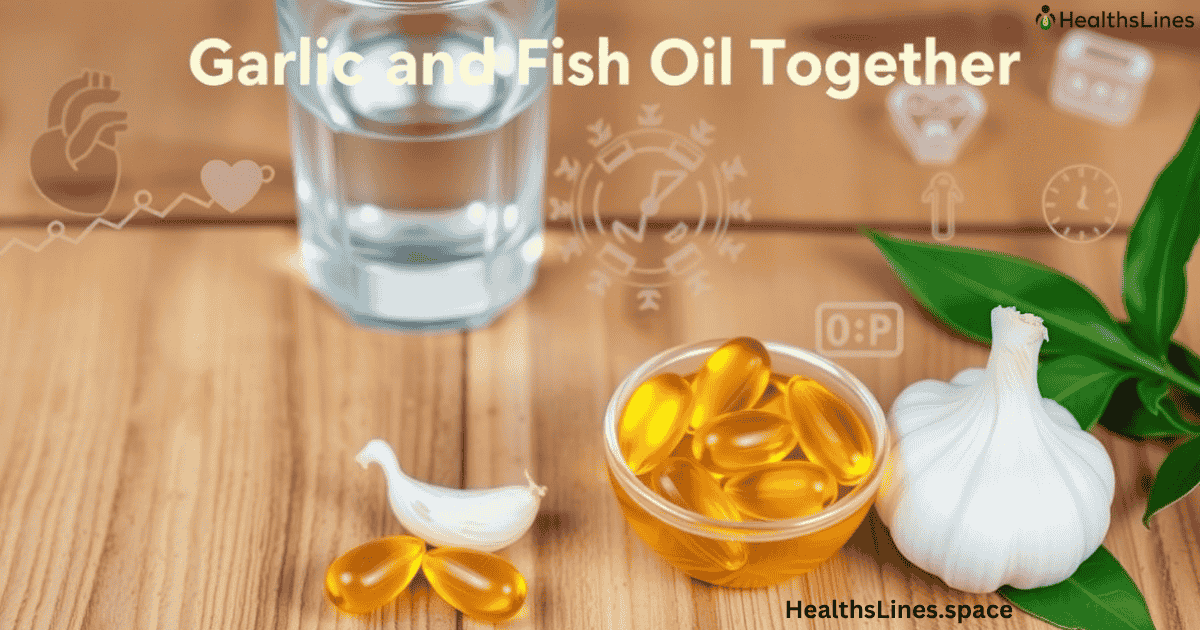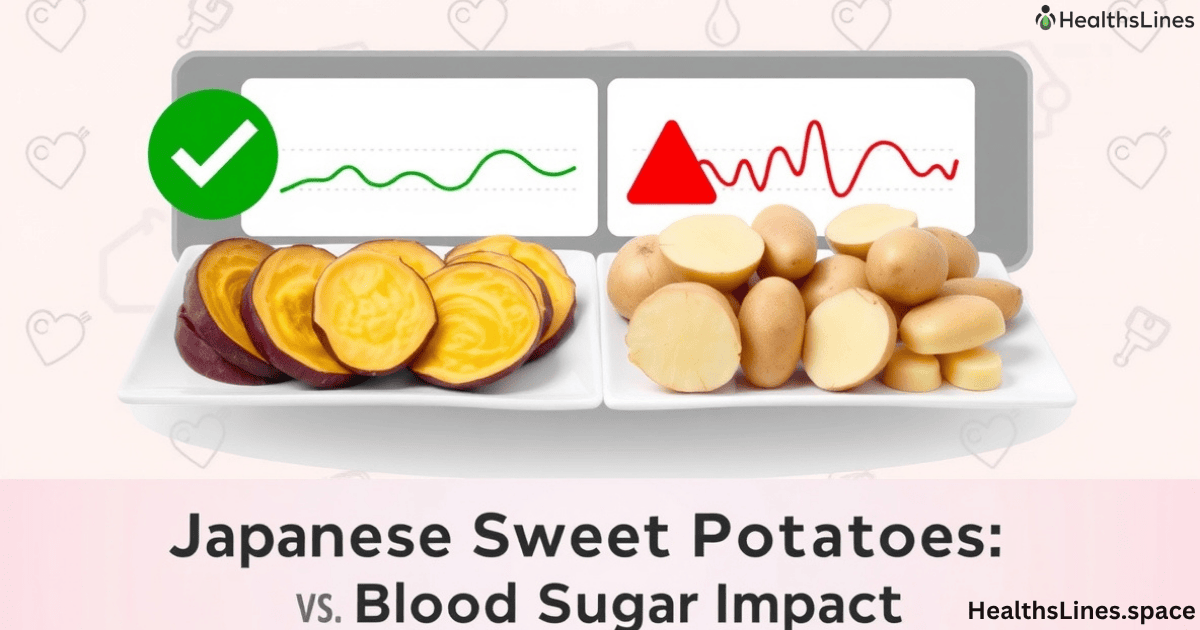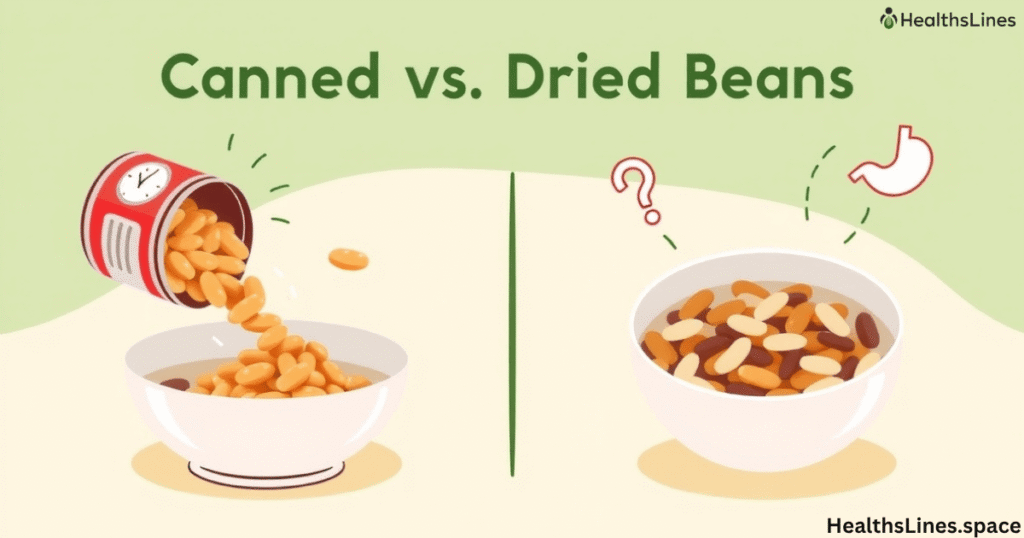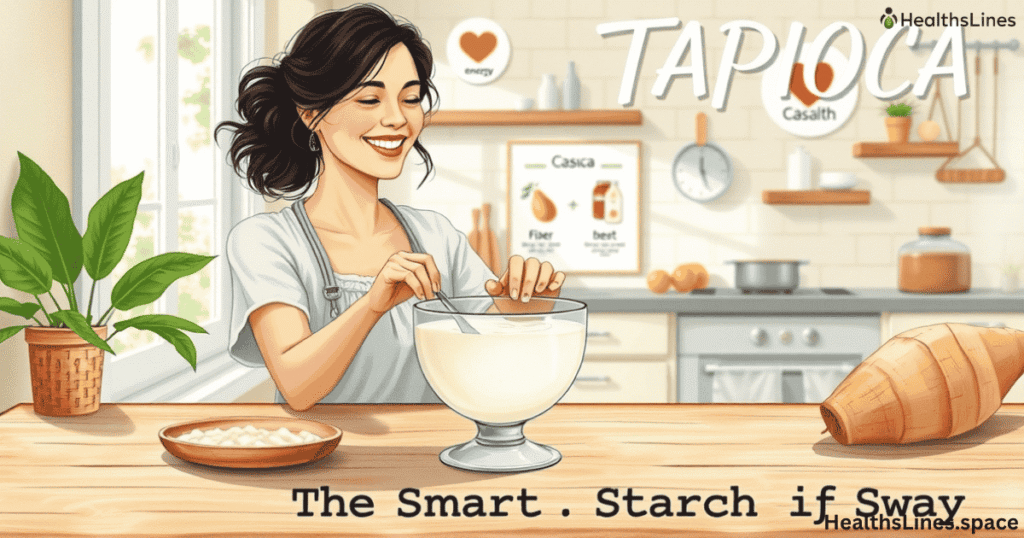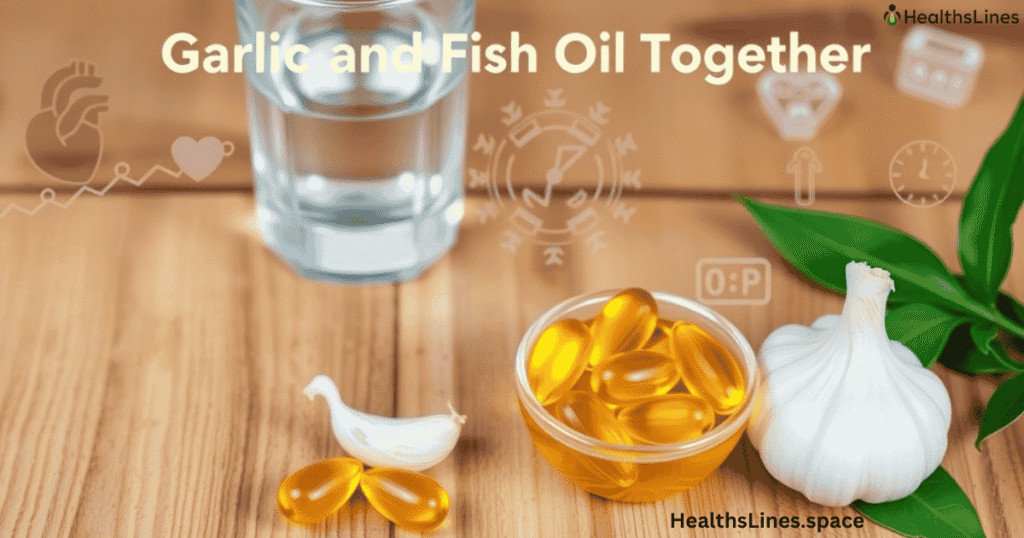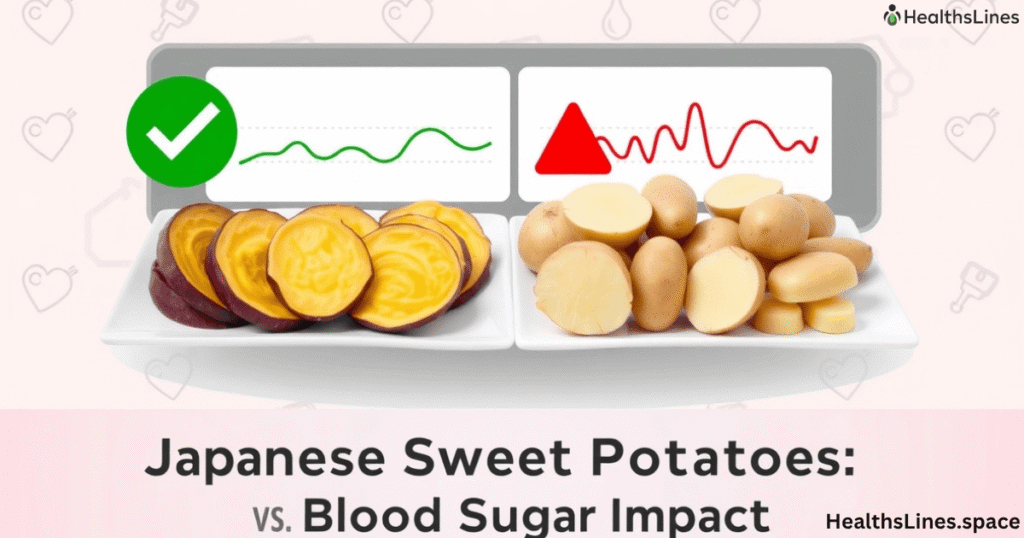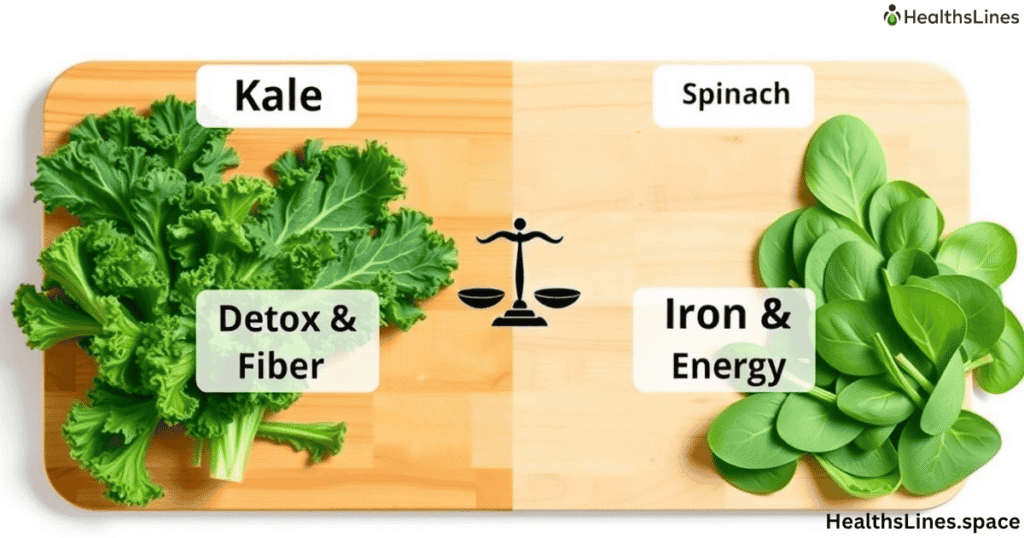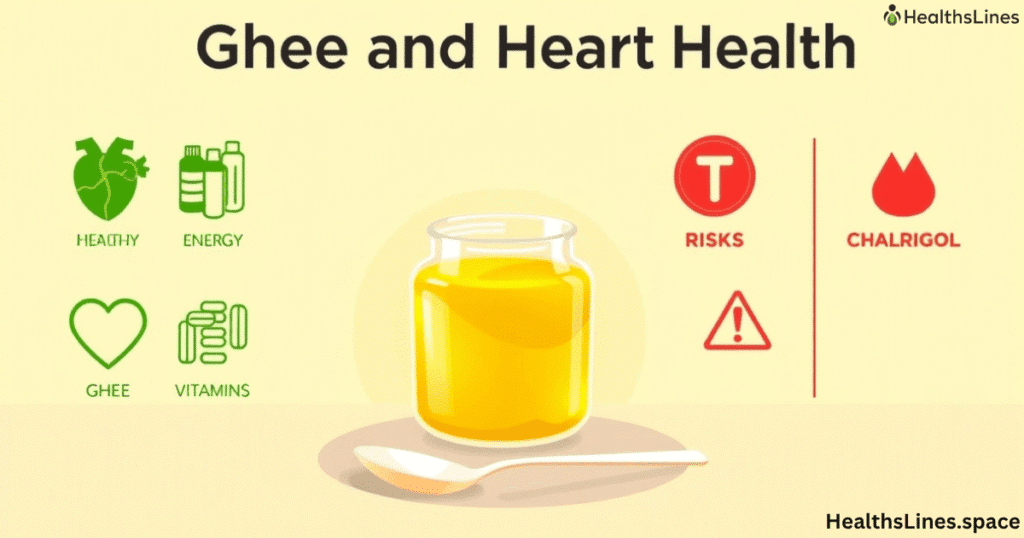Salt makes food tasty, but too much of it can hurt your health. Most people eat far more salt than they should. A low sodium diet is one way to stay healthy and protect your heart, kidneys, and even your bones. But what really happens inside your body when you cut down on salt?
In this article, you’ll learn the effects of a low sodium diet, the benefits of a low sodium diet, and the possible risks of eating too little salt. You’ll also see what foods to eat, what foods to avoid, and how to make tasty meals with less sodium.
What Is a Low Sodium Diet?
A low sodium diet means eating less salt than most people normally do. Doctors and health groups like the World Health Organization (WHO) and the American Heart Association (AHA) say the recommended sodium intake is about 1,500 to 2,300 milligrams per day. To picture this, one teaspoon of salt already has 2,300 milligrams of sodium. That means one spoon of salt is the maximum you should have in a whole day.
A low salt diet is not about removing salt completely. It’s about making better choices. Instead of high sodium foods like chips, bacon, canned soups, or fast food, you focus on low sodium foods such as fresh fruits, vegetables, beans, lean meats, and whole grains. A low sodium lifestyle means you enjoy natural flavors while protecting your health.
10 Real Effects of a Low Sodium Diet on Your Body
Your Blood Pressure Starts to Drop
One of the biggest benefits of a low sodium diet is lower blood pressure. Salt makes your body hold more water. This extra water increases pressure in your blood vessels, which leads to hypertension. Studies like the DASH diet show that when people reduce salt, their blood pressure drops within weeks.
For example, adults who followed a low sodium diet plan in one study saw their top blood pressure number drop by up to 10 points. This proves how strong the link between sodium and blood pressure really is.
Your Heart Becomes Less Stressed
When your blood pressure goes down, your heart doesn’t need to work as hard. That’s why a low sodium diet is good for the heart. It lowers the risk of heart failure and heart attacks. The American Heart Association says that cutting sodium to healthy levels can lower the risk of heart disease by nearly 30 percent.
Think of your heart like a car engine. If it always runs at high speed, it wears out faster. A low salt diet slows things down, giving your heart the chance to last longer.
Your Kidneys Work More Efficiently
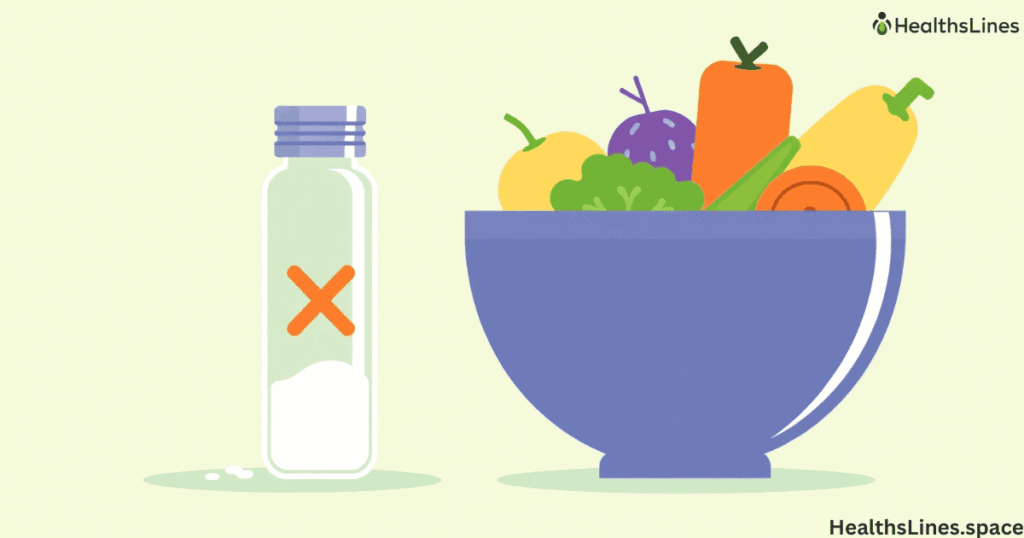
Your kidneys act like filters. They remove waste and balance water and minerals in your blood. Too much sodium puts pressure on them. It can lead to swelling, kidney stones, or kidney disease.
Doctors often recommend a low sodium diet for kidney disease. This helps the kidneys work better and slows down further damage. People who follow a low sodium lifestyle often notice less swelling in their legs and ankles. This shows how strong the connection between sodium and kidney health is.
Your Diabetes Risk Can Decline
Many people don’t know that sodium and diabetes risk are connected. Eating too much salt may make insulin less effective, which can raise blood sugar levels. Cutting back on sodium helps the body use insulin better.
In one study, people who reduced salt had 20 percent better blood sugar control. While sodium does not directly cause diabetes, the effects of a low sodium diet make it easier to manage blood sugar and protect against diabetes.
Your Stroke Risk Significantly Lowers
High blood pressure is the number one cause of stroke. Since salt raises blood pressure, it also raises the risk of stroke. By following a low salt diet, you keep your arteries flexible and your blood flowing smoothly. This lowers the sodium and stroke risk link.
Countries like Finland, where people cut back on salt as a nation, have seen fewer strokes over the years. This proves that a low sodium lifestyle saves lives.
Your Bones Retain More Calcium
Too much salt does not only affect the heart and kidneys. It also weakens bones. When sodium levels are high, the body pushes out calcium through urine. This slowly makes bones thinner and raises the chance of osteoporosis.
For older women, who already lose bone strength after menopause, following a low sodium diet plan helps keep bones strong. This shows the powerful link between sodium and bone health.
Your Body Holds Less Water
One of the fastest changes people notice on a low sodium diet is less bloating. Sodium pulls water into your tissues, which makes your body look and feel swollen. Cutting salt reduces sodium and water retention, so you feel lighter and look less puffy.
Many people see their weight drop by two to three pounds in just a week. This is not fat loss but water loss. Still, it makes you feel better and helps your body stay in balance.
Your Weight Management Improves
While sodium itself has no calories, it changes how much you eat. Salty foods often make you crave more food, especially junk snacks. When you follow a low sodium lifestyle, you eat fewer processed foods. This helps with weight management.
Studies show that people who focus on low sodium recipes and low sodium meal ideas eat fewer calories overall. This makes it easier to maintain a healthy weight without strict dieting.
Your Stomach May Face Less Cancer Risk
Research shows that too much salt damages the lining of the stomach. Over time, this raises the risk of sodium and gastric cancer. In countries where people eat a lot of salty foods like pickles, dried fish, or processed meats, stomach cancer rates are higher.
Switching to a low sodium diet plan lowers this risk. Eating fresh fruits, vegetables, and whole grains protects the stomach lining and reduces cancer risk.
Your Taste Buds Gradually Adjust
At first, a low sodium diet can feel bland. But within a few weeks, your taste buds begin to change. You start noticing the natural flavors of foods more. After a few months, salty foods may taste too strong.
This hidden benefit makes it easier to stick with a low sodium lifestyle. Instead of craving salty chips, you may enjoy the sweetness of fruit or the natural taste of vegetables.
How Much Sodium Is Safe?
So, how much sodium per day should you have? Most adults should keep their daily sodium limit between 1,500 and 2,300 milligrams. That is less than one teaspoon of table salt. People with high blood pressure or kidney disease should aim for the lower end.
Athletes or people who sweat a lot may need slightly more because they lose sodium through sweat. But even for them, a low sodium diet is still healthier than eating too much.
Potential Side Effects of Too Little Sodium
Even though the benefits of a low sodium diet are many, too little sodium can also be harmful. This condition is called hyponatremia. It happens when sodium in your blood drops too low. Symptoms include nausea, headaches, confusion, and even seizures in extreme cases.
People at higher risk include athletes who drink too much water, older adults taking diuretics, or people with certain health problems. That’s why experts say salt should be reduced but not removed completely.
Practical Tips for Reducing Sodium Intake
Living on a low sodium diet is not boring if you know how to cook smartly. Herbs like basil, thyme, rosemary, and spices like pepper, paprika, and turmeric add great flavor. Citrus juice and vinegar are also great salt reduction tips.
Another key step is reading food labels. Many foods have hidden sodium in them. Bread, salad dressings, sauces, and even breakfast cereal can be surprisingly high in salt. Cooking more meals at home is the best way to reduce sodium intake naturally.
Best Foods for a Low Sodium Diet
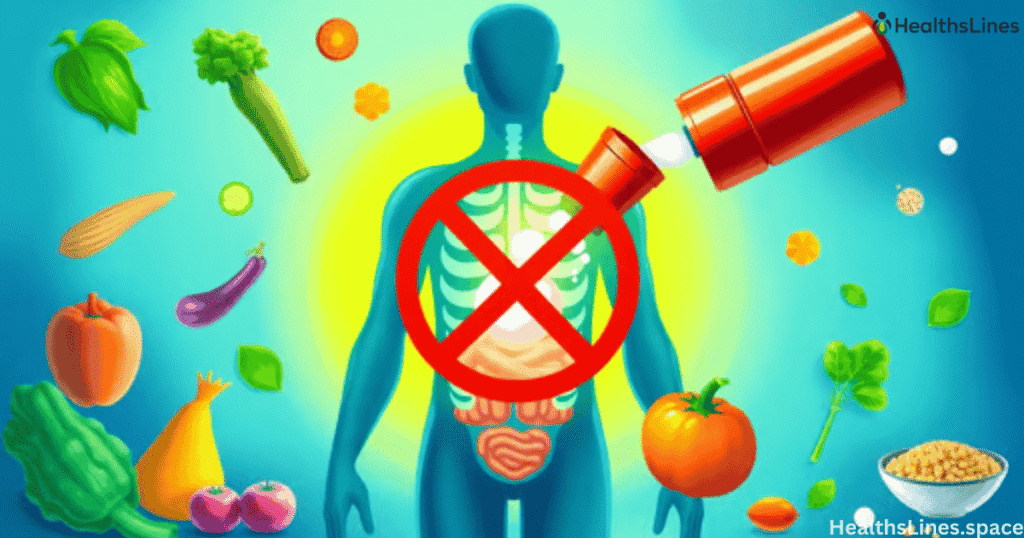
A healthy low sodium diet plan focuses on fresh and natural foods. These include fruits, vegetables, beans, fish, chicken, eggs, and whole grains. The table below shows examples of low sodium foods and high sodium foods to avoid:
| Category | Low Sodium Foods | High Sodium Foods |
| Protein | Fresh chicken, beans, fish | Bacon, ham, sausages |
| Grains | Rice, oats, quinoa | Instant noodles, white bread |
| Snacks | Unsalted nuts, fruits | Chips, pretzels, salted crackers |
| Vegetables | Carrots, spinach, peppers | Pickles, canned soup |
| Sauces | Fresh tomato, lemon juice | Soy sauce, ketchup |
Foods High in Sodium to Avoid
The real danger comes from high sodium foods in packaged and restaurant meals. Fast food burgers, fries, frozen pizzas, and canned soups are full of salt. Some of these meals contain more than the full daily sodium limit in just one serving.
Even bread, cereals, and sauces can hide extra sodium. By replacing these with low sodium recipes at home, you can protect your health and still enjoy tasty meals.
Final Thoughts
The effects of a low sodium diet are powerful. From lowering blood pressure and protecting your heart to keeping kidneys, bones, and even your stomach safe, the benefits of a low sodium diet are clear. You also get less bloating, better weight control, and a new taste for natural flavors.
The key is balance. Too much salt is harmful, but too little salt can also cause problems. By choosing low sodium foods, trying low sodium meal ideas, and following a smart low sodium lifestyle, you can enjoy both taste and health. Remember, salt is small, but its impact is huge.
